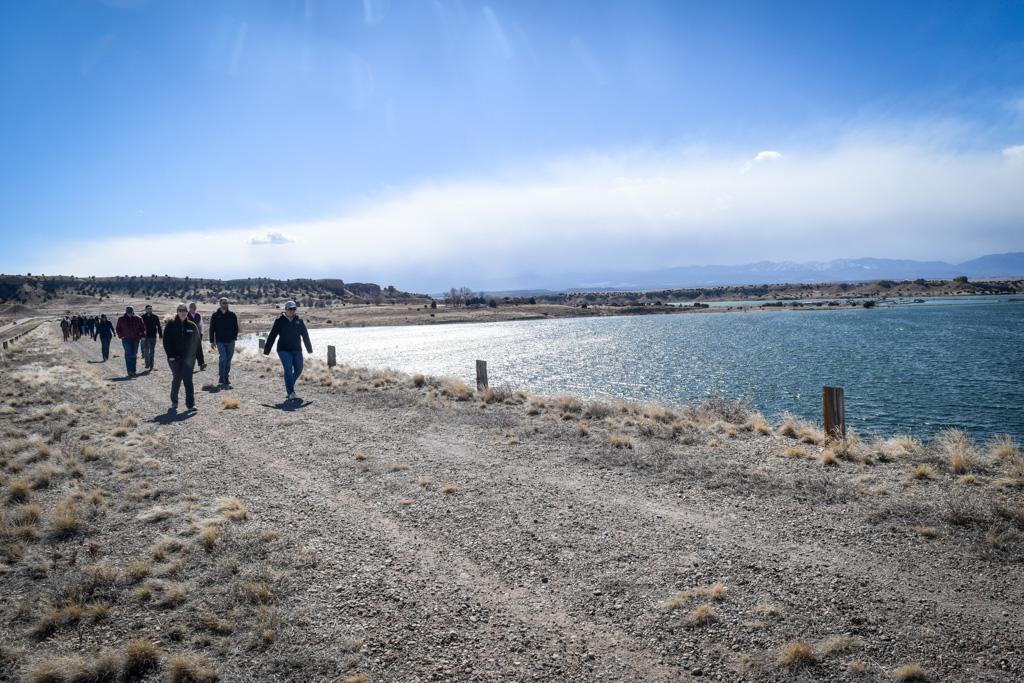
Bald eagles aren't just back from the brink of extinction, there's a decent chance you can see them at a lake, stream or even a city park near you.
And, now is the perfect time to year to spot them.
An estimated 1,200 eagles have migrated into the state this winter. They’ll depart in about a month, leaving ample territory for the 125 or so nesting pairs who are permanent residents.
Eagle nests are about the size of queen-sized beds, and can weigh more than a ton.
Eagles go where they please, of course. But a quick circuit of the Denver metro area on any given day could yield an eagle in a tree at Washington Park, about 10 minutes from downtown; another in City Park near the Denver Zoo; and dozens at the Rocky Mountain Arsenal National Wildlife Refuge, Cherry Creek Reservoir and Barr Lake State Park.

Beyond that, the largest concentration of eagles is in the northeastern part of the state, including the Front Range. But you can find eagles just about anywhere if you look hard enough.
How to find them? Look for big(-ish) bodies of water — large ponds, lakes, streams or rivers — with big trees nearby. Scan the trees for what looks like golf balls. Those are the heads of adult bald eagles.
Shannyn Romero of Arvada made her first visit to Barr Lake last weekend and hiked to a viewing platform overlooking the water.
“I got to see my first bald eagle right when we were walking up, pulled out the binoculars, looked up, and saw it start flying away and I swear I started crying, it was so cool to see. It’s just so big. Much bigger than I realized they are,” Romero said.
It wasn’t a random sighting: From the viewing platform, Romero and other onlookers saw more than a dozen eagles standing out on the ice, and dozens more perched in nearby trees. The park’s resident pair flew in and and out of their home tree. Like other eagles, they’ve mated for life. In Colorado, they lay their eggs around Valentine’s Day. The Barr Lake nest has been home to eagle pairs since 1986. They've fledged 58 eaglets altogether.

When Colorado started tracking its bald eagle population in 1978, there were only two reported nests. Eagles had virtually disappeared from the lower 48 states, partly due to the pesticide DDT that poisoned eagles and damaged their eggs.
After the birds got protection from the Endangered Species Act and DDT was banned, the bald eagle population recovered. It’s still illegal to kill, sell or harm eagles, their nests or their eggs.
The state’s bird conservation coordinator, Liza Rossi, often sees eagles near her office in Steamboat Springs. She said the eagles’ recovery is heartening.
“It’s just an amazing story to talk to the public about, and you do realize if we can figure out what’s going on with the species and with its habitat or something like a pesticide like DDT, it just is an opportunity to hope that we can help animals recover and species recover,” Rossi said.
Remember, bird responsibly. Here's the official American Birding Association's ethics guide.









